Fifteen Minutes of Fame
Thomas Piercy-clarinet & Claudine Hickman-piano

-
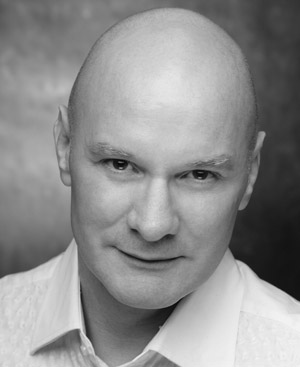
Thomas Piercy
Thomas Piercy is a critically acclaimed musician with appearances throughout the Americas, Europe and Asia. His performances have been described by critics as "passionate," "pulling out all the stops," by the New York Times as "brilliant," "playing with refinement and flair" and "devoking a panache in the contemporary works." A versatile artist - the clarinetist on the Emmy Award-winning Juno Baby CDs and DVDs; performing Mozart with mezzo-soprano Frederica von Stade; playing Broadway songs with Raoul Julia; working with the composer Leonard Bernstein; appearing in a KRS-ONE rap music video; performing concert improvisations with pianist Donal Fox; recording with members of Maroon 5 - he has performed and recorded for Broadway and Off-Broadway, commercial
-
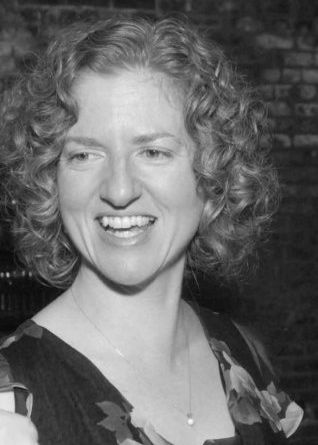
Claudine Hickman
Claudine Hickman (New York City), began her piano study at an early age with her father, Thames Hickman, a student of Rosina Lhevinne at the Juilliard School. Claudine went on to study on full scholarship in the Honors Program at the Mannes College of Music Preparatory Division with Arkady Aronov and Edward Aldwell. She holds a Bachelor's and Master's degree in piano performance from the Manhattan School of Music. Ms. Hickman's performances have been described by critics as "practically telepathic, emotionally rich" "bright yet haunting precision" and "vivid, Brubeck-esque melodicism". Her passion for the music of composer Astor Piazzolla has led to her frequent collaboration with clarinetist Thomas Piercy and bassist/Latin Grammy nominee Pablo Aslan.
-
This 15 Minutes of Fame has a Japanese theme. The Japanese theme could include pieces inspired by Japanese musical or visual art works (either traditional or contemporary), short arrangements of Japanese pieces, or pieces using technical elements found in Japanese music. New works by Japanese composers are also welcome; however, works will be judged on their artistic merits and not on the nationality of the composer. The one-minute duos for clarinet and piano are to be written specifically for this project and dedicated to the performers Thomas Piercy and Claudine Hickman. Pieces should be for Bb clarinet and piano. Extended techniques for piano and clarinet are welcome.
15 one-minute selections for Thomas Piercy-clarinet & Claudine Hickman-piano
-
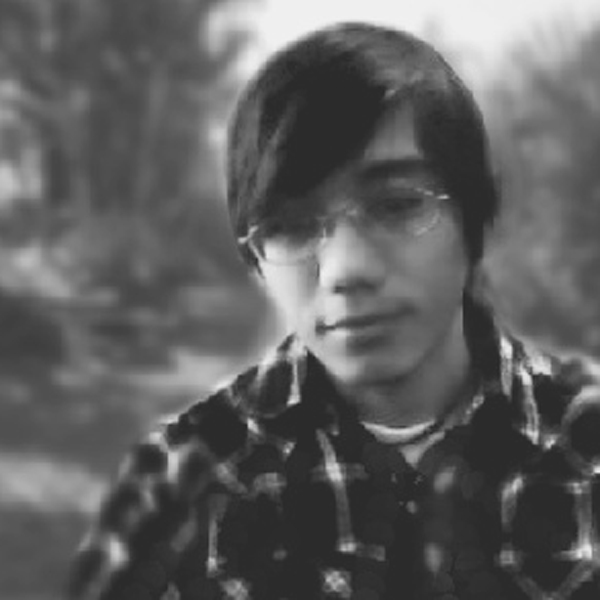
Sakana
Armando Ayala
My name is Armando Ayala. I'm a sophomore composition major and percussionist studying at the University of South Florida. I've been studying music and playing percussion for six years, but have only taken up composition in the last two years.
Sakana, written for Bb clarinet and piano, utilizes rhythmic motion found in traditional Japanese music; a slow, fast, slow progression. In addition to a contemporary, atonal approach, I also use the sonorities found in the miyako-bushi scale as a nod to traditional Japanese koto and shamisen music.
-
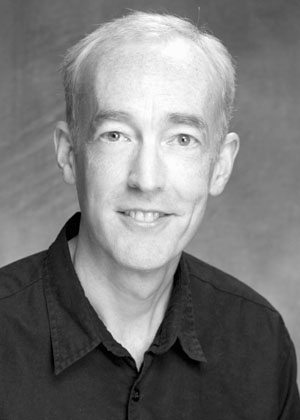
Ukiyo-e
Greg Bartholomew
Greg Bartholomew's music is frequently performed throughout the United States and in Europe, Canada and Australia, and is available on CDs recorded by the Czech Philharmonic, Kiev Philharmonic, Connecticut Choral Artists (Concora), Ars Brunensis Chorus and Langroise Trio, as well as the 60x60 Project. For further information visit www.gregbartholomew.com.
Ukiyo-e (literally "pictures of the floating world") is a genre of Japanese woodblock prints and paintings produced between the 17th and the 20th centuries, featuring motifs of landscapes, tales from history, the theatre, and pleasure quarters. It is the main artistic genre of woodblock printing in Japan.
-
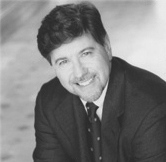
KOMORIUTA
John Bilotta
John G. Bilotta lives in the San Francisco Bay Area. His works have been performed around the world and his recordings are distributed by Naxos. He serves on the Executive Committee of the Society of Composers, Inc., and on the Board of Directors of the San Francisco Cabaret Opera.
Komoriuta, which means lullaby, is based on a traditional song from Itsuki in Kumamoto Prefecture: "When I die, bury me by the roadside. Passersby, please leave me a flower, a simple blossom will do, the rain from the sky is all that's given me."
-
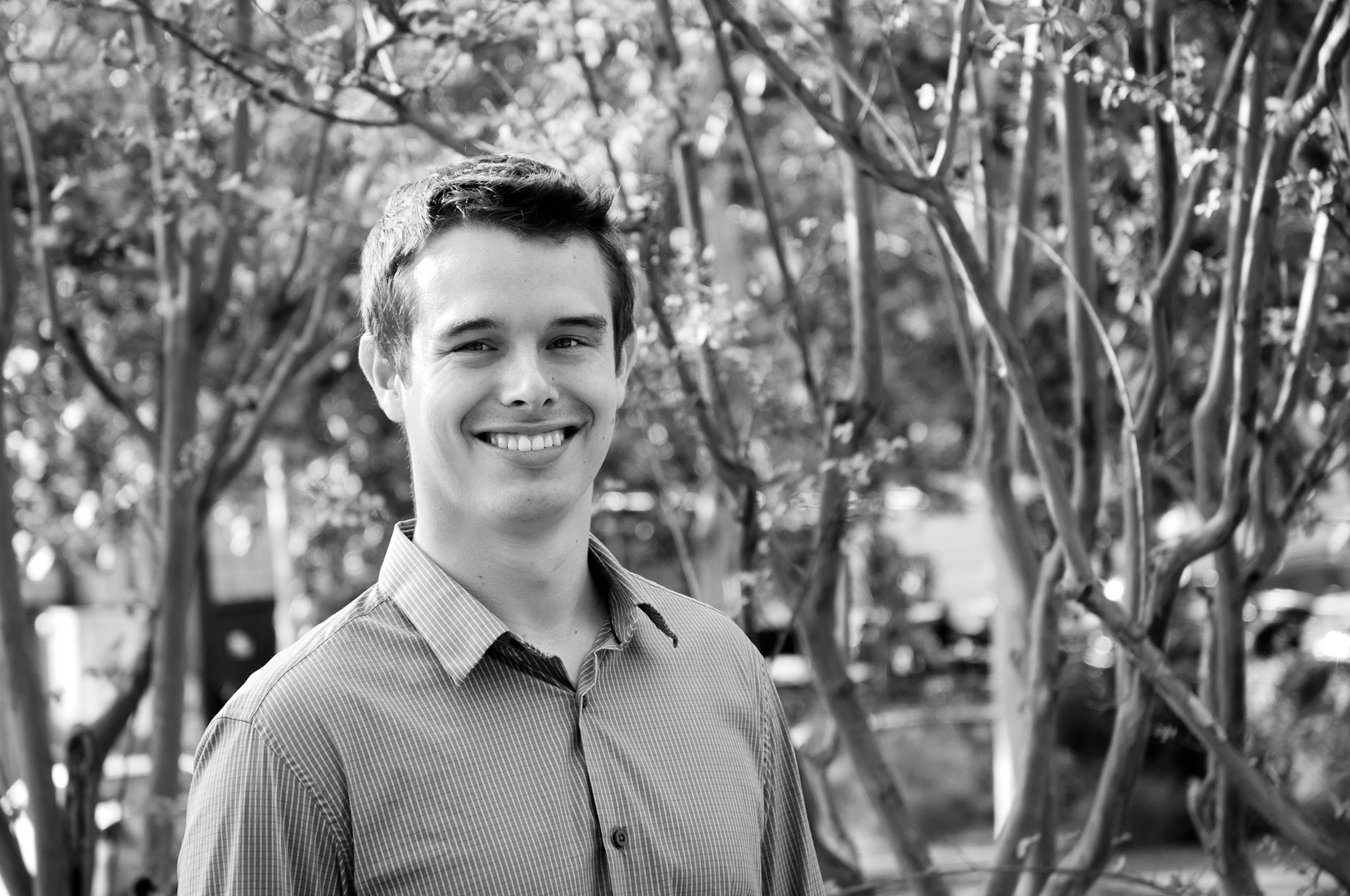
Suibokuga
Andrew Davis
Andrew Davis is a composer from Columbia, MD. He holds a Bachelor's degree in music from Yale where he studied with Kathryn Alexander and Michael Klingbeil, graduating in 2009. Currently, Andrew is pursuing a Master's degree at the University of Texas, studying under Donald Grantham, Dan Welcher, and Russell Pinkston.Suibokuga is a type of brush painting that only uses black ink. The goal is to capture the inner essence of an object with as minimal detail as possible. For my piece, I chose only six notes and varied them in a sparse texture, mimicking the principles of Suibokuga.
-
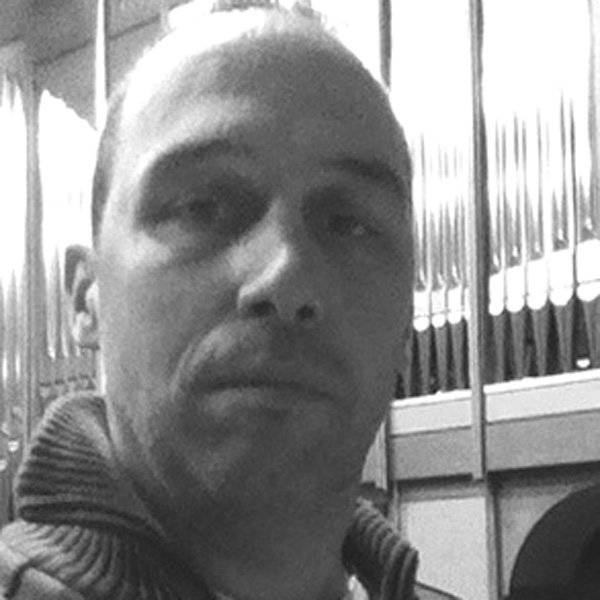
Tulipao
Douglas DaSilva
Douglas DaSilva is a composer, guitarist, educator, filmmaker ,and Artistic Director of the Composer's Voice and Premiere Salon Concerts in New York City. He composes in various styles including jazz, pop, children's music, chamber music and experimental. Much of his writing is influenced by Brazilian music and self-inflicted stress.
Brazil is home to the largest population of Japanese in the world outside of Japan. Most live in the South. This piece is variations on a Japanese children's song (Tulip) coming to the North East, of Brazil, to Paraiba, and transformed into a jazzy Forro.
-
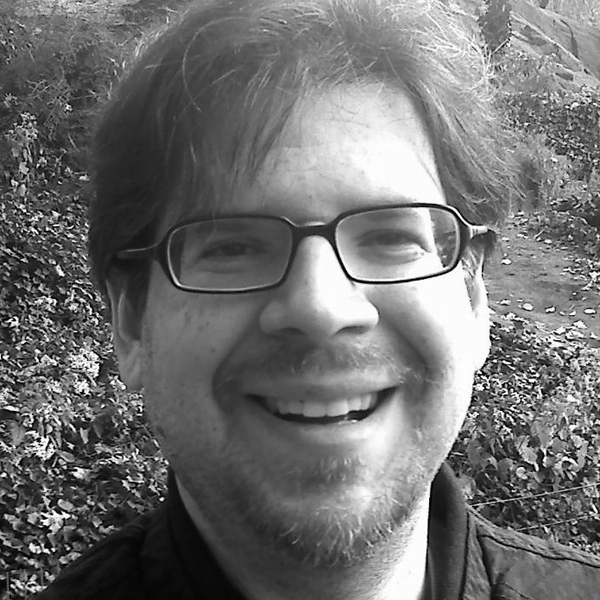
Haiku
Andy Cohen
Andy Cohen did the classical-music-studies thing at Oberlin and Manhattan School of Music, and enjoys revisiting that universe from time-to-time. For the most part, he is keeping busy doing sound, original music, and keyboard programming for theater shows. For more information, visit him at www.andycomusic.com.
Haiku is inspired by one of Basho's most famous poems: Furu-ike ya kawazu tobi-komu mizu-no-oto (At the ancient pond / suddenly a frog leaps in / splashing water sound.)
-
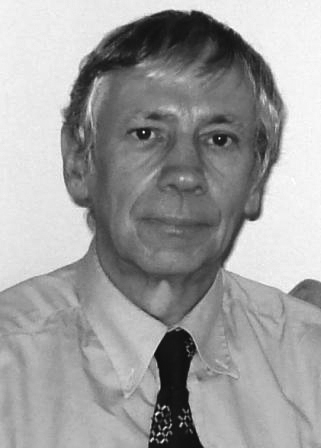
Kigo
Malcolm Dedman
Born in London in 1948, Malcolm Dedman was initially self-taught, having started to compose when he was 12. He had formal composition lessons with Patric Standford at the Guildhall School of Music and Drama in 1974-75, and he gained a Masters Degree in Composing Concert Music in 2005.
Written in 2011, Kigo, meaning 'Seasons' as used in Japanese poetry, is for clarinet and piano. Kigo is a one minute representation of the four seasons, starting with Autumn, and uses a different Japanese mode for each (three being pentatonic). It is dedicated to Thomas Piercy and Claudine Hickman.
-
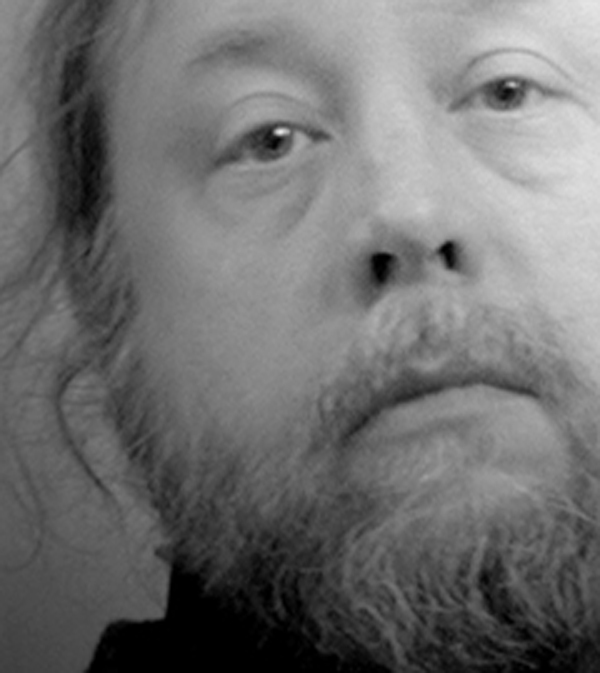
...as it leaves the bell
Jim Fox
Los Angeles-based composer Jim Fox's music-usually quiet, slow, unassuming, and often described by critics as "austere" and "sensuous"-has been commissioned and performed by ensembles and soloists throughout the U.S. and recorded on the Cold Blue, CRI, Advance, Grenadilla, Raptoria Caam, and Citadel labels.
A simple mediation, a three-phrase haiku-like structure, ...as it leaves the bell takes its title (and perhaps some musical impulse) from a haiku by 19th-century Japanese poet Yosa Buson: "Coolness- / the sound of the bell / as it leaves the bell." (trans., Robert Hass)
-
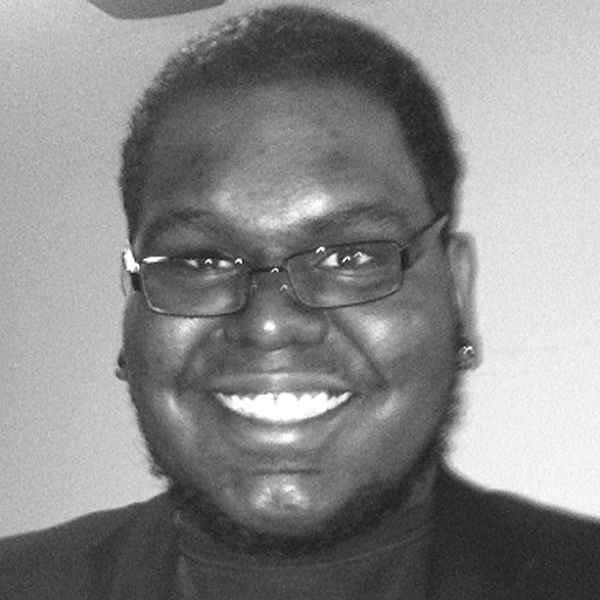
Recurrence
Michael Frazier
Michael Frazier is currently a 2nd-year composition student at the University of South Florida in Tampa. Frazier's interests in Minimalism and Improvisation have been apparent in many of his compositions, and he continues to study these under Baljinder Sekhon and Paul Reller. Frazier plans on teaching composition in the future.
Recurrence revolves around the pitches used in the D-flat pentatonic mode in specifically constructed chords. The piano's low C should be prepared with a piece of rubber attached by a butterfly clip (to simulate a taiko drum). The clarinet should bend the high E-flat into the F in measure 22.
-
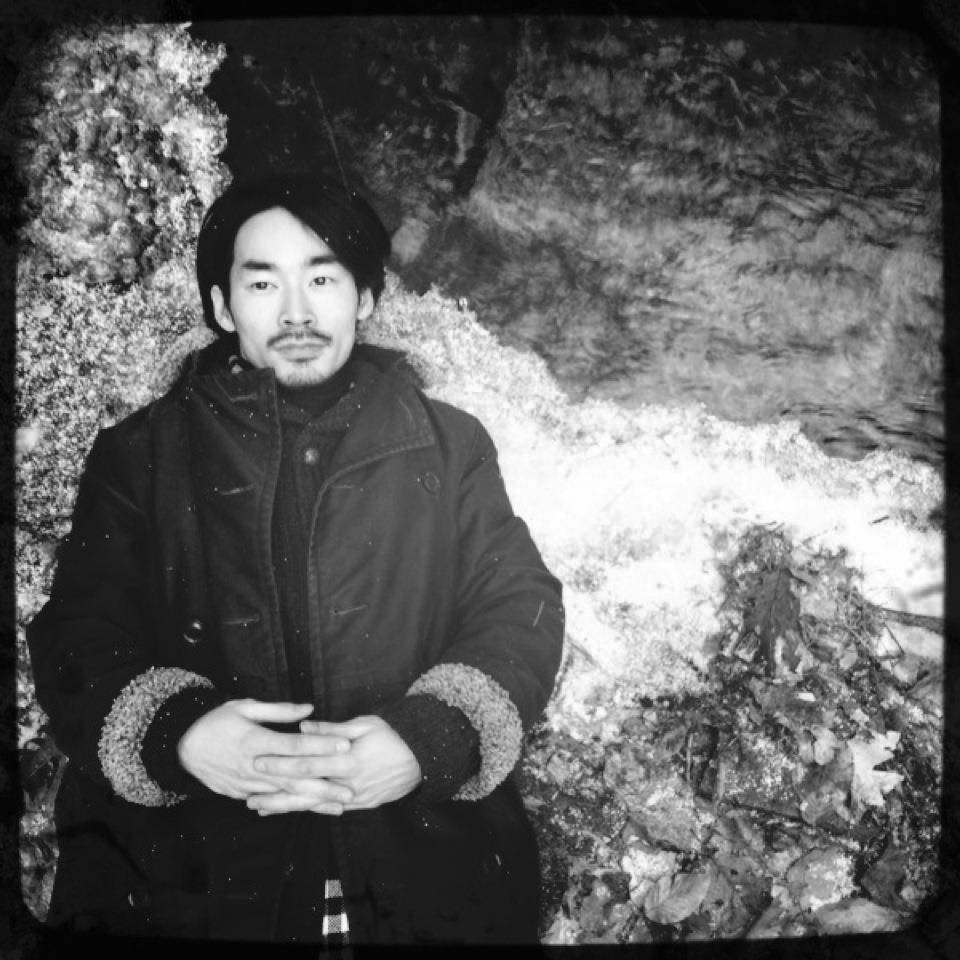
Yuu
Yohei Kurihara
"Yuu" - Once upon a time, for human kind, the world was quite exclusive. "Yuu" was the place where Gods appeared before humans, said Sizuka Shirakawa, a prominent Japanese scholar of classical philology. The title of this piece, "Yuu," is a Japanese letter which, in modern times, stands for "playing" in Japanese. However, playing in the old time had a different meaning. Sirakawa pointed out that originally "Yuu/playing" used to mean the act of connecting with the Gods. That time was around 3,000 years ago. It is when letters appeared for the first time in Chinese history : it's long before the culture of letters was imported in Japan from China.They were written on the shell of a turtle, and were only used to contact and communicate with the Gods, but not for personal or private matters. Like many other ancient letters, the Chinese version of the letter was made with a combination of symbols. The letter "Yuu" consists of three Chinese symbols which are Flag(realm), Path and Immortal. So the letter "Yuu" can be interpreted as the path for the realm of the Gods. Sirakawa explained that " the Gods permanently conceal themselves. They're only revealed when going out to visit their realms ." Imagination was far more sacred back then than today. Imagination is the only way to access the Gods and that act was called playing "Yuu". "Those who played were the Gods. Only the Gods had the privilege to play. "Yuu" was the world of absolute freedom and rich creativity which was only the realm of the Gods. Man could only play when he accesses that very realm of the Gods" said Sizuka Sirakawa.
-
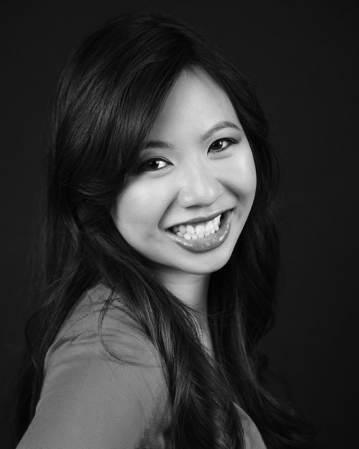
Rising
Elizabeth Lim
Elizabeth Lim is a second-year doctoral candidate at the Juilliard School, where she is studying composition with Dr. Robert Beaser. Noted for its unique expressiveness and verve, Elizabeth's music has been widely performed throughout the United States, Europe, and Asia.
Having lived in Japan for several years during my youth, I wrote "Rising" as a portrait of my experience in Tokyo. Composed for clarinet and piano, it captures the traditional rhythms and flavors of Japanese music with a modern edge.
-
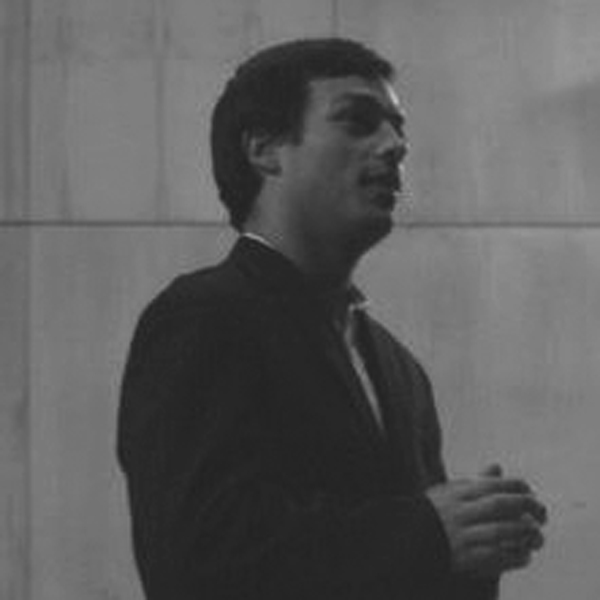
Sequence
Daniel Mihai
Daniel Mihai studied with the Maestro Ladislau Csendes. He has attended MBA courses in the Faculty of Performing Art, with the objective of improvement and assimilation of all knowledge related to contemporary music.
The Sequence is based in a fine and true dialogue and musical references Clarinet and piano. The entire piece releaves all the feelinhs in a thrilling sequences who are made for entertaining the audience! And not the least, the artists are the special ones because are the only who made all the athmosphere!
-
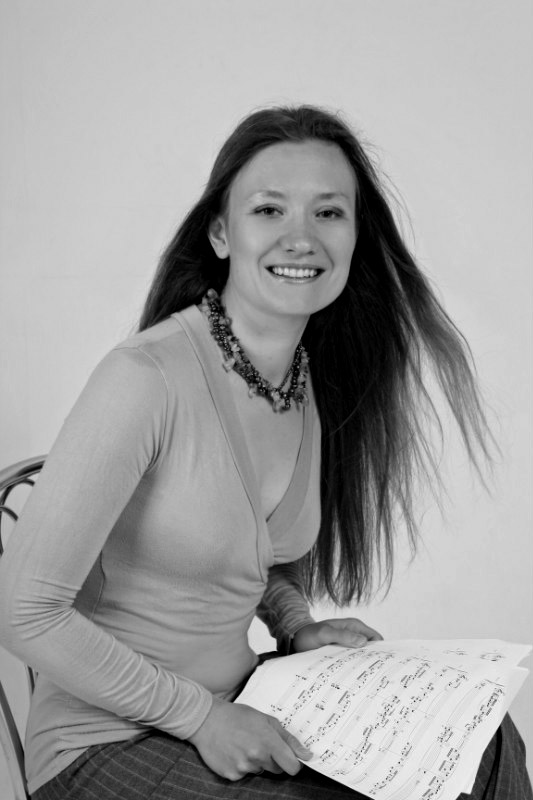
Sensu
Nina Siniakova
Composer and pianist Nina Siniakova (b.1974) received her education at the St. Petersburg State Rimsky-Korsakov Conservatory and Hochschule fuer Musik Cologne. She has written pieces for orchestra, chamber ensembles, choir and theater. Her music has been performed in Europe and published at the publishing houses in Russia and Belarus.
Oh, that look from behind the fan... Black eyes on a whitened face. Love and sadness. A moment of pure beauty. Sensu (japanese)- folding fan. The piece is inspired by the sound of koto, traditional japanese instrument.
-
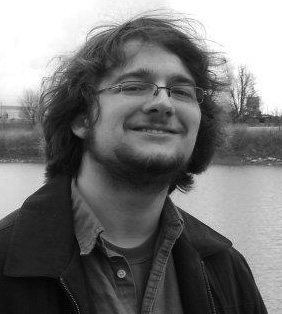
summoning a skeleton specter
Daniel J. Thompson
Daniel J. Thompson (b. 1988) has a strong background as a pianist in jazz and rock music, but assimilated the classical idiom in his late teens and early twenties. His eclectic compositional output is influenced by Alfred Schnittke, Olivier Messiaen, Alban Berg, Jack/Meg White, Radiohead, Neil Young, and Thelonious Monk.
summoning a skeleton specter for clarinet and piano is a sonic depiction of Utagawa Kuniyoshi's woodblock print Takiyasha the Witch and the Skeleton Specter. The piece has a haunting and anxiety-ridden character driven by asymmetrical rhythms, incessant dissonance, and improvisatory runs in both the clarinet and piano parts.
-
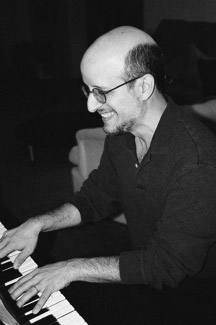
Calligraphy Circle
David Wolfson
David Wolfson is an eclectic, versatile composer of songs, concert music and music for theatre. Please visit his website, www.davidwolfsonmusic.net.
Calligraphy Circle takes the notes of the "In Sen" Japanese pentatonic scale through the circle of fifths, with the clarinet traveling one direction and the piano the other. I've attempted to capture the motion-in-stillness (or vice-versa) of the famous image in the contrast between the two instruments' parts.
Concert Dates
- April 14, 2012 - The DiMenna Center, New York City
- April 8, 2012 - Jan Hus Church, New York City